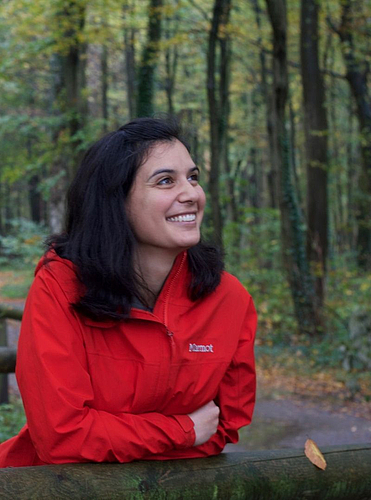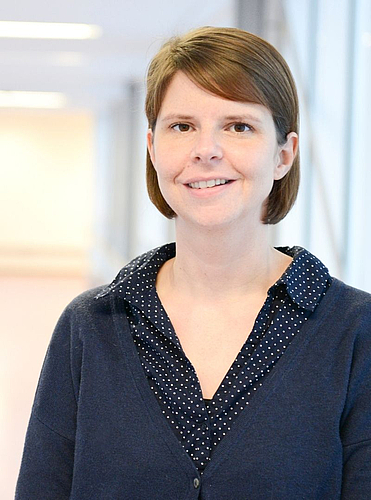Modern stem cell research perpetuates a dream that mankind has always dreamed of: Holy water to drink or bathe in, that promises rejuvenation and healing of deadly diseases. While this old motif is recently taken up by fictional Captain Jack Sparrow, who is chased by many on his path to the legendary fountain of youth and who has to clear deadly obstacles out of his way, it is in reality stem cell researchers who pursue the same goal. But are there any differences in the approach of fantasy antiheros or scientists to this topic? Actually for Captain Jack, it needs not only the spring water, but also two goblets, a mermaid’s tear and a magic ritual to achieve immortality. This is in some aspects similar to what scientist deal with. However, unlike Captain Jack, the latter might ultimately be really successful: The non-fictional Jack Sparrows seem more rational, downright boringly unpretentious and human, they are biologists like Anais Sahabian and Ruth Olmer from the Leibniz Research Laboratories for Biotechnology and Artificial Organs at MHH, which belong to BREATH, the Hannover site of the German Center for Lung Research (DZL). Anais and Ruth use cell culture media instead of spring water, Erlenmeyer flasks or bioreactors instead of goblets and growth factors instead of tears and - a honestly not that complicated procedure – to turn pluripotent stem cells into “definitive endoderm” in three days. What for heaven's sake is that, you ask? These are precursor cells that are able to form and regenerate lung tissue, liver, pancreas and intestines - a source of possible therapies for chronic obstructive pulmonary disease, diabetes and diarrhea. Anais, Ruth and their colleagues developed this recipe and did not use enigmatic ingredients that are difficult to access, like Jack, but pure, chemically-defined compounds. And not only that: They also developed a way to freeze and thaw the cells produced. It may be that it looks less captivating, less entertaining, and less heroic at first. However, recognition by independent researchers is a real hurdle on the way to success in non-fiction and such reviewers have found Anais’ and Ruth’s work to be worthy of publication in Nature Protocols, which is a respected magazine in the field. Further research will now focus on using these cells for therapeutic purposes. The project was funded by BREATH and Federal State of Lower Saxony R2N.
The original publication: Sahabian, A., Dahlmann, J., Martin, U. et al. Production and cryopreservation of definitive endoderm from human pluripotent stem cells under defined and scalable culture conditions. Nat Protoc 16, 1581–1599 (2021). doi.org/10.1038/s41596-020-00470-5
Text: LEBAO/ Dahlmann
Photo: privat

First author and BREATH-scientist Anais Sahabian

BREATH working group leader Dr. Ruth Olmer